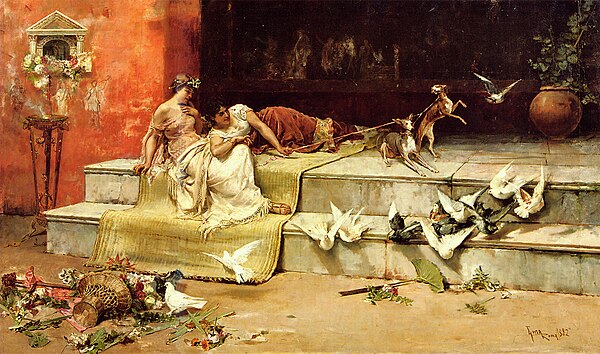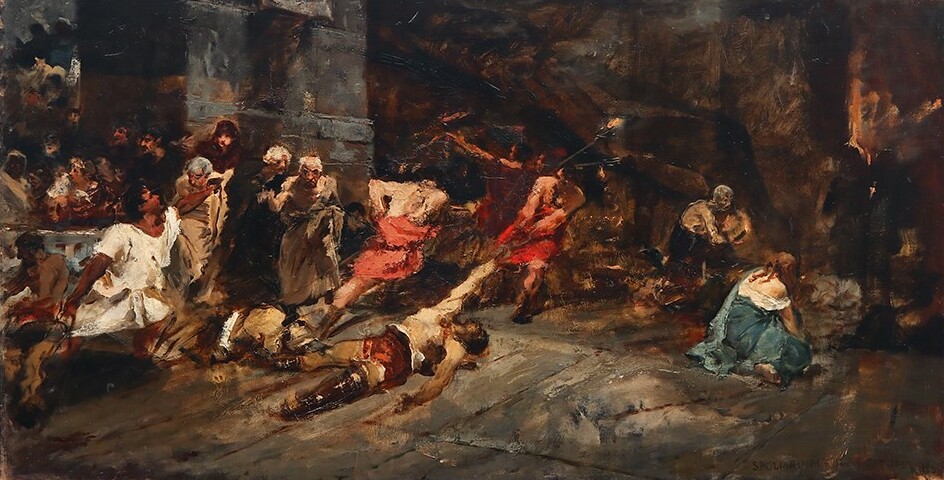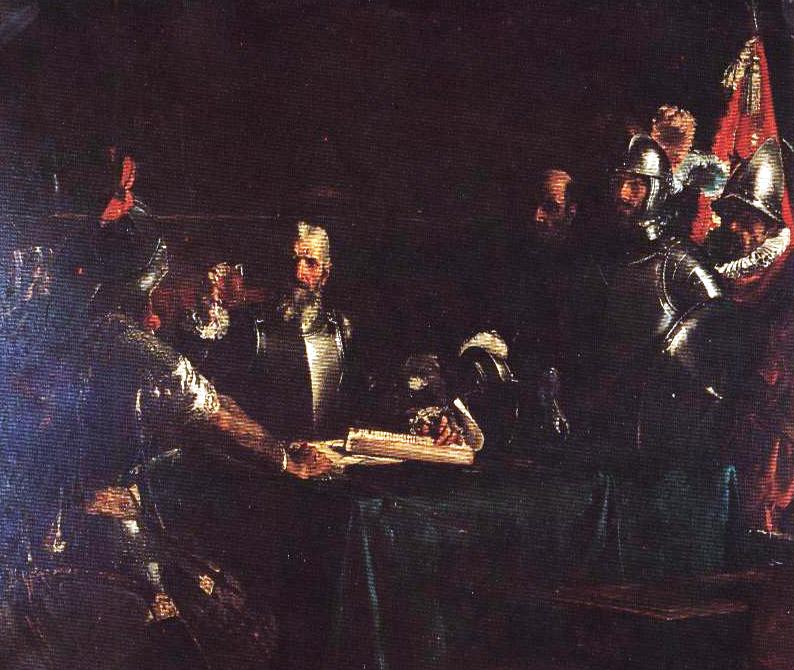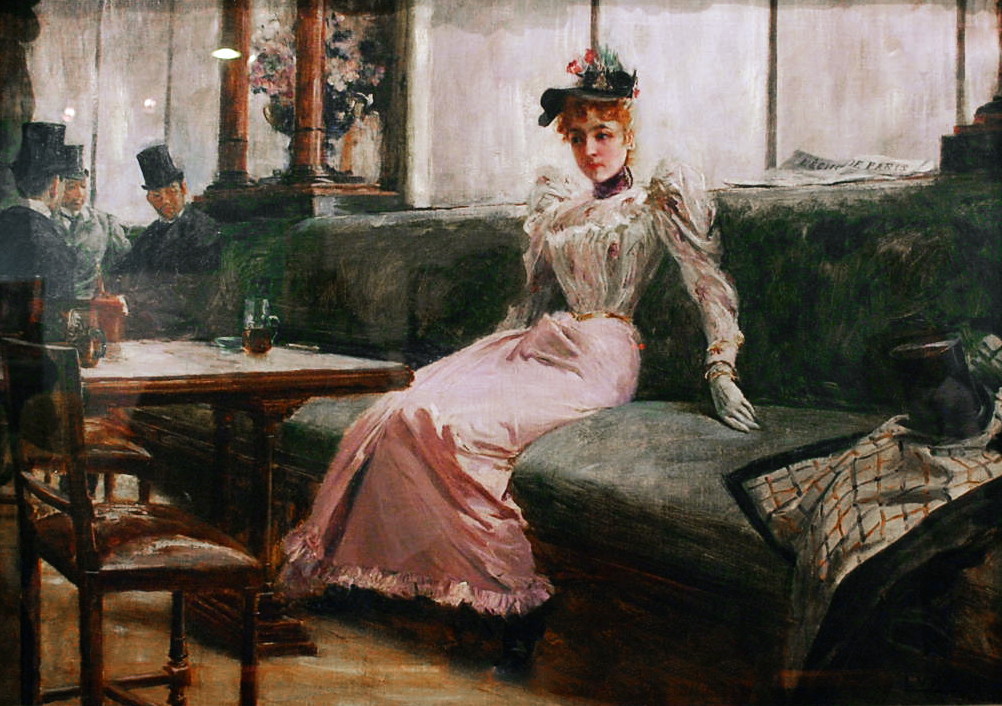Juan Luna was a late 19th-century Filipino painter, sculptor, and political activist. He was among the first Filipino artists to receive international recognition. His masterpiece “Spoliarium,” which took home a gold medal at the Exposición Nacional de Bellas Artes in Madrid in 1884, is the most well-known work. Luna played a significant role in the artistic development of the Filipino national identity, and his paintings frequently featured historical and social themes. Political and personal hardships characterised Luna’s life despite his creative accomplishments. These included his involvement in the Philippine Revolution against Spanish colonial control and a sad altercation with his brother, Antonio Luna.
Art of Juan Luna
It stunned the globe when Juan Luna’s enormous Spoliarium painting won the gold medal at the esteemed Exposición Nacional de Bellas Artes in 1884. He was the first Filipino to succeed abroad. His name has come to represent Filipino inventiveness and brilliance. Even national hero Jose Rizal acknowledged this when paying tribute to Luna and Hidalgo on June 25, 1884, at the Restaurant Ingles in Madrid. “Creative genius does not manifest itself solely within the borders of a specific country: it sprouts everywhere; it is like light and air; it belongs to everyone: it is cosmopolitan like space, life, and God,” Rizal stated.

Luna’s popularity dominated the Philippines in the 19th century. He was the Manny Pacquiao of his generation because of his popularity. He was well-known as a propagandist in addition to his paintings, though. He also gained notoriety as a fellow countryman of propagandist authors such as Rizal, Del Pilar, and Lopez Jaena. Luna’s method was distinct from that of his fellow Filipinos in that it relied on the skill of his brushwork and the creative brilliance of his intellect rather than the might of his pen.
The artwork Parisian Life (1892) by Juan Luna, a Filipino, depicts an interior scene at a café. It shows three males in the far left corner and a conspicuously seated woman on a couch. The 2002 Christie’s auction in Hong Kong brought in an astounding $859,924, paid for by the Government Service Insurance System (GSIS), the Philippine pension fund institution. The artwork is a multi-layered depiction of gender politics, national allegory, and modern societal values.
It was believed that the unregistered prostitute was “the site of absolute degradation and dominance, the place where the body became at last an exchange value, a perfect and complete commodity,” and that they made up an increasing portion of Paris’ labour force. Manet’s 1863 painting Olympia encapsulated the idea of the prostitute as a spectacle in the flesh, always in circulation like money but sometimes hidden as well. She was, in fact, a femme fatale who was hated and adored, a symbol of both death and desire.
‘Juan Luna is a Filipino who excelled in his field. He is an artist par excellence whose artistic genius “proclaim(ed) his arrival on the world scene”. In Madrid, Luna stood alongside the Queen Regent Maria Cristina and sat side by side with princes and dukes during the inauguration of his painting La Batalla de Lepanto in 1887. He became friends with the Queen Regent. The latter even ordered the release of Antonio Luna through Juan’s mediation in 1897. The King of Spain congratulated him on winning a gold prize for his Spoliarium in 1884. All this he did during the mighty Spain’s occupation of the Philippines, and Filipinos were colonial subjects. At the same time, he enjoys the company of the who’s who in European society; in his home country, the Indians continue to experience exploitation and maltreatment at the hands of their colonial masters, writes Joseph Reylan.

Even before Luna became well-known, a lot of young ilustrados were forced by exploitation to study in Europe and then start initiatives to free their country from oppression. Propaganda movement icons included Jose Rizal, Graciano Lopez Jaena, Marcelo H. Del Pilar, Valentin Ventura, Trinidad Pardo de Tavera, and Luna. Their departure responded to the state and church suppressing their intellectual, scientific, and artistic endeavours. At the time, the majority of Filipinos felt cut off from these ilustrados and thought these propagandists were merely defending the rights and advantages of their class.
For instance, Juan Luna used his notoriety in Europe to further demonstrate his bias toward ordinary people. In People and Kings, for example, the revolutions of the populace against their royal tyrants are shown. “He painted proletarian subjects: a jobless labourer, children in an orphanage, a rag-picker, a pregnant Cockney girl shivering in the London cold,” the artist said of his depiction of the plight of the masses. He consented to draw a few sections of the book to impact the public and make Jose Rizal’s Noli Me Tangere comprehensible even for young readers. Even though he was already well-known as a painter, he gave his skills away.
According to Joseph Reylan, ‘in 1881, the Death of Cleopatra (La Muerte de Cleopatra) won Luna his first major prize at the Exposition of Fine Arts in Madrid. It was the start of the artist’s fascination for international competitions. Being a Spanish subject, Luna had to forestall comments disparaging his works that might influence the jurors before judging. His labours were kept in secrecy before entering the competition. The news about his victory was not made known to Manila deliberately, as evidenced by a report in El Commercio on July 16, 1881. Only on October 15, 1881, a Philippine creole and Luna’s longtime friend, Javier Gomez de la Serna, reported his triumph at the El Commercio. No official recognition from the Spanish government in the Philippines was ever made until eight months later when Governor-General Primo de Rivera granted the artist an annual pension to support his studies in Rome’.
The metaphors of a decaying nation, the certainty of death, and man’s inhumanity to man are all subtly communicated by Luna. Suppose the archipelago continues in its current state of distress. In that case, it will be like a gladiator facing the savagery of its overlords, the depletion of its resources to exhaustion, and the knowledge that it will soon perish.Like that widow and that hurting relative, the patriots and nationalists would be weeping over the loss of their cherished nation.

The Filipino people poised to profit from the collapse of the country’s shared hopes are the vultures waiting to take advantage of its downfall. And those people who are apathetic and disinterested are even more guilty because they do nothing but sit back and watch. At the same time, their nation’s riches are plundered, mishandled, and taken advantage of.
According to Joseph Reylan, ‘The Parisian Life (1892) was a gift by the artist to Dr. Ariston Bautista-Lin, a Filipino doctor who was one of the generous financiers of the Philippine propaganda in Europe. The various symbols of death and suffering appearing in the painting may perhaps, among others, reflect the artist’s temperament and his bleak household during that fateful year. The painting shows a Parisian lady sitting calmly at a café. Not far from her are three well-dressed gentlemen throwing meaningful gazes. The three men appear to be Juan Luna, Jose Rizal, and the Chinese-looking propagandist Doctor Lin. Palpable is that this masterpiece is far from what it is on the surface. The painting is full of symbolic elements that the artist is known for. The following are just a few: the evocative gazes of the propagandists; the black rope that seems to hang the lady; the huge vase with blue-violet roses on the interior sill; the haft-empty glass atop the table fronting the Parisian lady; and, of course, the lady herself.’
Symbols were used to convey messages and contents in the works interpreted above. Luna appeared to have concealed his beliefs of nationalism behind symbols. The artist may be one of those propagandists who made an effort to inform and expose his people about the actual state of affairs in the nation, how the colonists continue to plunder our natural riches, and how much they take pleasure in causing agony to the impoverished indigenous people. Luna’s contribution to the revolution may be these paintings if Rizal’s two well-known novels are among his other contributions.
Feature Image: The Parisian Life, 1892 by Juan Luna / wiki
Pointillism and Its Legacy: Artists, Definition, and the Influence of Colour in Art






